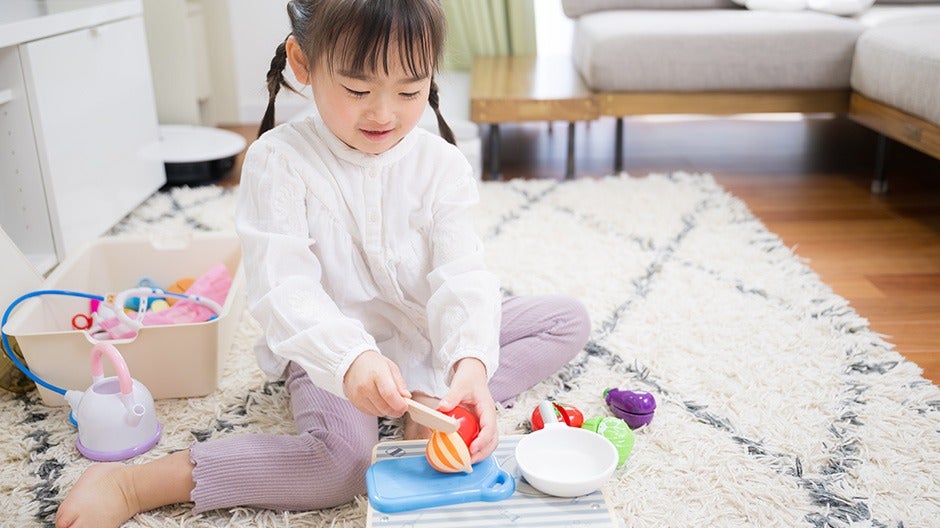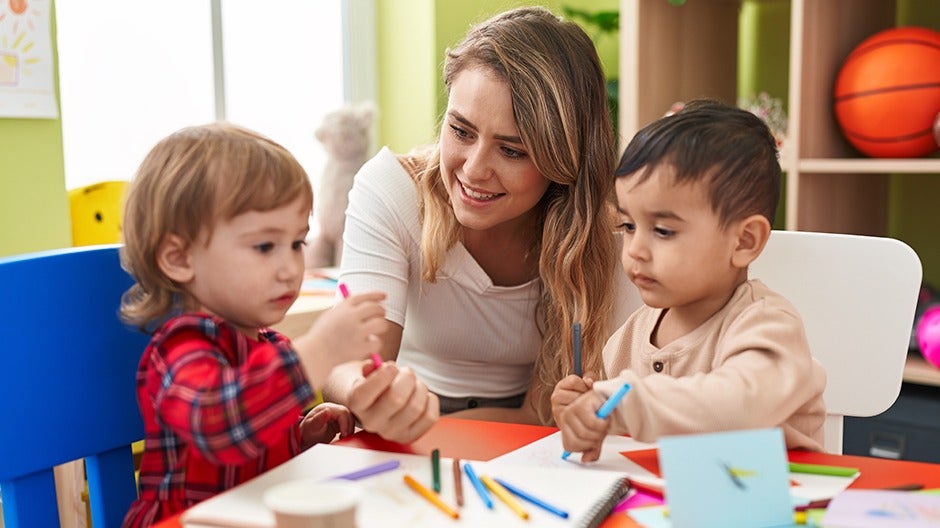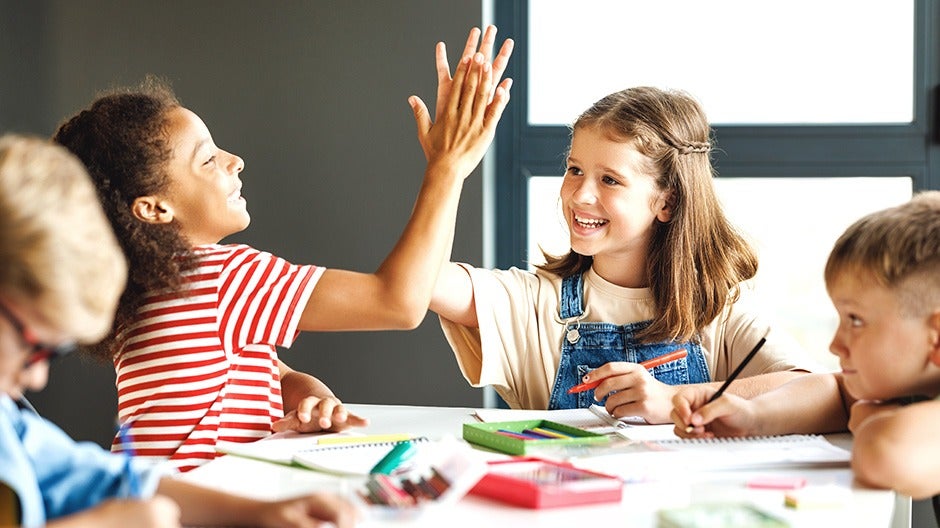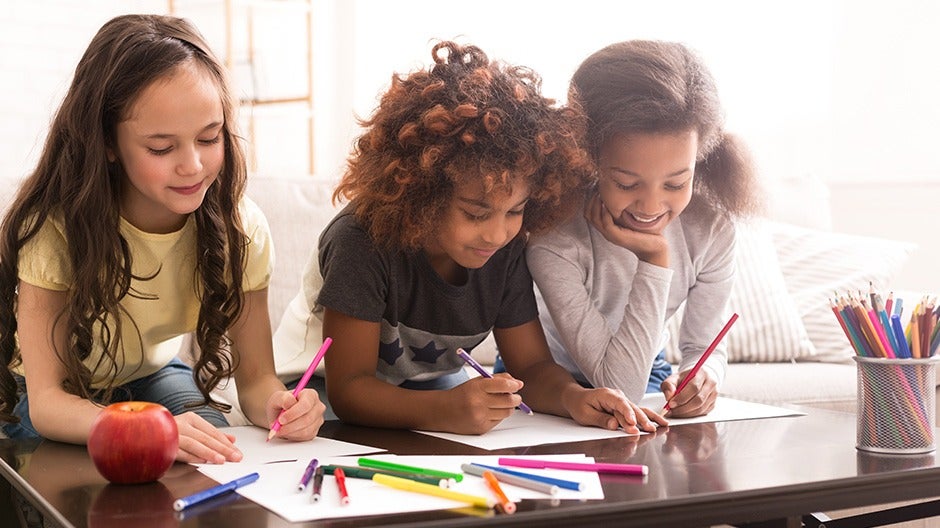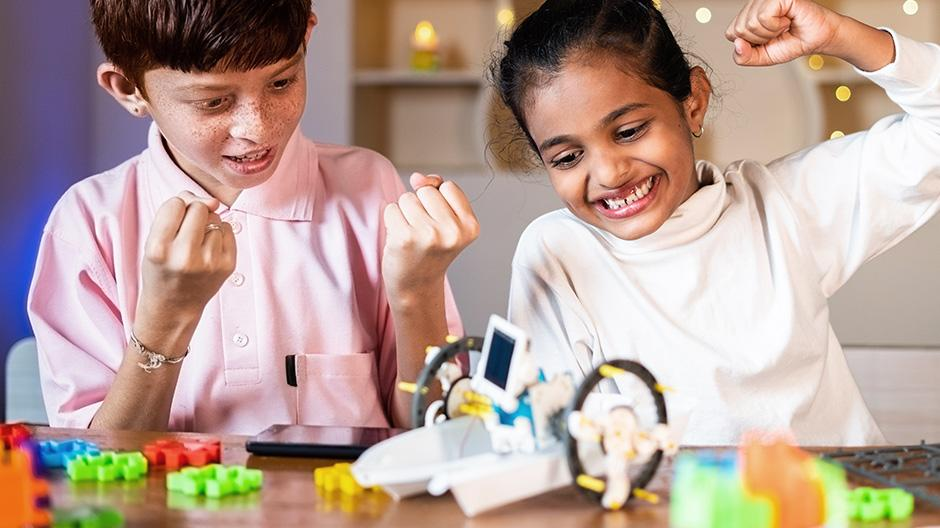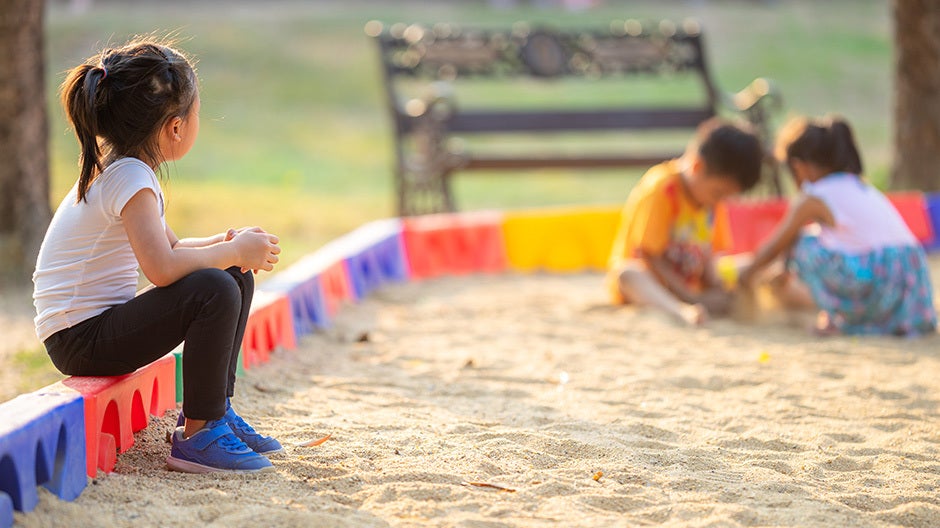Young children love counting (even though they may do so in their own unique ways), learning about shapes, and feeling like math “experts.” Preschool math opens up even more opportunities for them to explore and grow mathematically!
Your child will learn so many things both inside and outside of the classroom. Their early exposure to math and reading is essential to their developing brain. And we have 13 amazing math ideas for supporting their learning at home!
Table of Contents
Preschool Math Goals
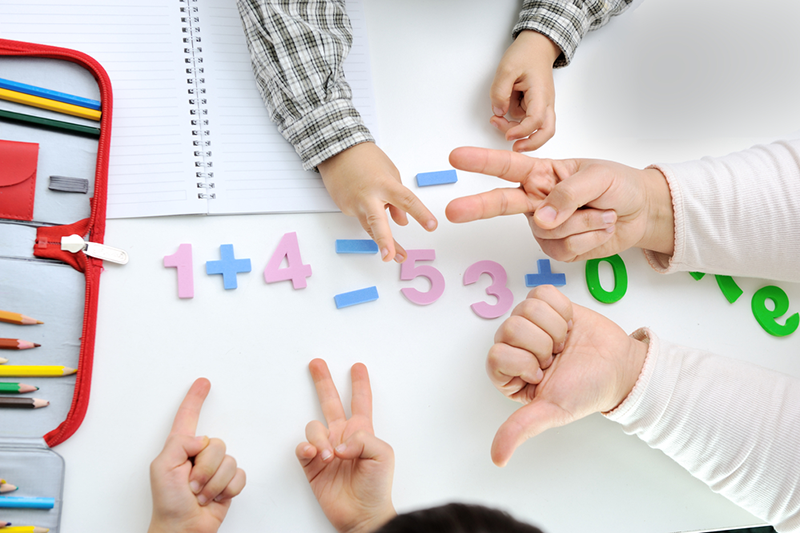
The goal for preschoolers is to learn five essential math skills. Let’s take a look at those skills below!
Numbers And Counting
Your child will focus a lot of their energy on counting numbers between 1 and 10. They’ll learn how to recognize them, read them, and write them.
They’ll also be exposed to the concept of one-to-one correspondence — the idea that you can only count each object in a set one time and, therefore, each number only represents one value.
Addition And Subtraction
Your child will learn the basics of adding two numbers together and subtracting small numbers from a larger group.
Sorting And Patterns
Patterns are not only pleasing, but they also help us understand our world. Your child sees patterns every day without always observing them: tiles on a kitchen floor and designs on fabric, for example.
Preschool is a time to help children to both observe patterns in their world and learn to extend patterns they see or create patterns of their own.
In addition to identifying patterns, preschoolers will also gradually learn how to sort a group of objects based on a given pattern.
Geometry And Spatial Reasoning
Shapes are everywhere! Your child will learn how to consistently and correctly identify them.
They’ll also be exposed to spatial reasoning cues. They’ll understand what people mean when they describe things as big or small, or as far away or nearby.
The Language Of Math
Preschoolers won’t just learn how to walk the walk — they’ll also learn how to talk the talk!
Your child will learn what words to use to describe math activities, like “adding” and “subtracting,” whether there are “more” or “less” of certain objects, and so on.
One thing to note here, though, is that sometimes it may be easiest to use terms your child will understand while they’re learning. For instance, if you have four cookies and you “take away” (instead of “subtract”) one, how many are left?
The best way to work on the language of math at home is by talking in math terms! When you’re having an afternoon snack together, you might point out that you have fewer grapes than your child or ask who has the most grapes.
Incorporating these and other math words into your conversations will get their mathematician brains rolling:
- Less
- More
- Least
- Most
- Taller
- Shorter
- Equal to
Preschool is a crucial time for children to build a solid mathematical foundation. With the help of the activities below, your child may soon be confidently adding, subtracting, comparing, and using more of the jargon mentioned above.
But before we dive into these fun activities, let’s understand their importance.
Why Use Preschool Math Activities?
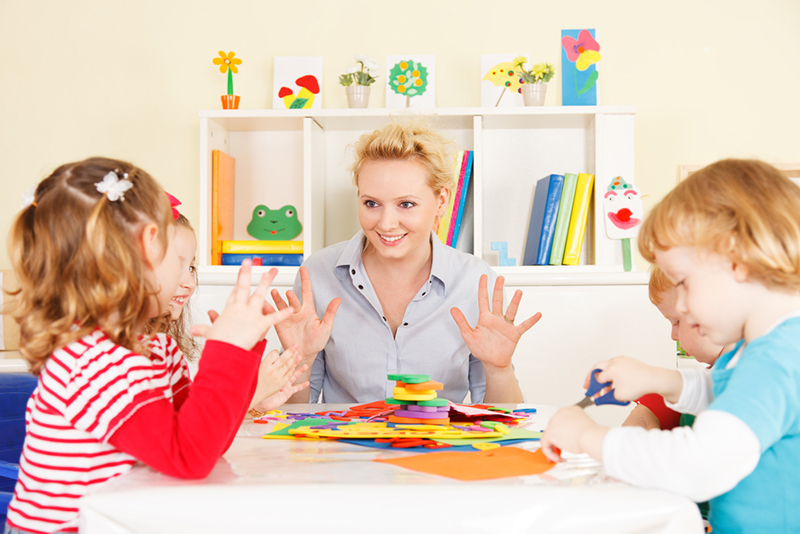
If you spend just a few minutes on our blog page, you’ll come across lots of different activities for children. We have sensory activities, social-emotional activities, reading activities, and math activities, just to name a few.
We’ve intentionally dedicated a significant portion of our blog to helping you find fun learning games that you can try at home with your child.
Why? In a nutshell, activities and games are a great way for children to learn many essential skills while having fun. With math, in particular, we encourage children to participate in play-filled activities for the reasons listed below.
1) You Understand Your Child’s Current Skills
At school, your child’s teacher might use a variety of assessments to understand your child’s math skills. The use of activities is especially beneficial since how a child plays a game can give insight into their understanding of concepts in a relaxed and informal setting.
With math especially, the skills build on top of one another. The complex algebra, calculus, trigonometry, and geometry that children learn as they get older would be impossible to understand without the basics learned in earlier grades.
Understanding your child’s current mathematical knowledge will help you pick up on the areas they need more practice in and those that they can start building on.
2) Math Becomes Less Intimidating
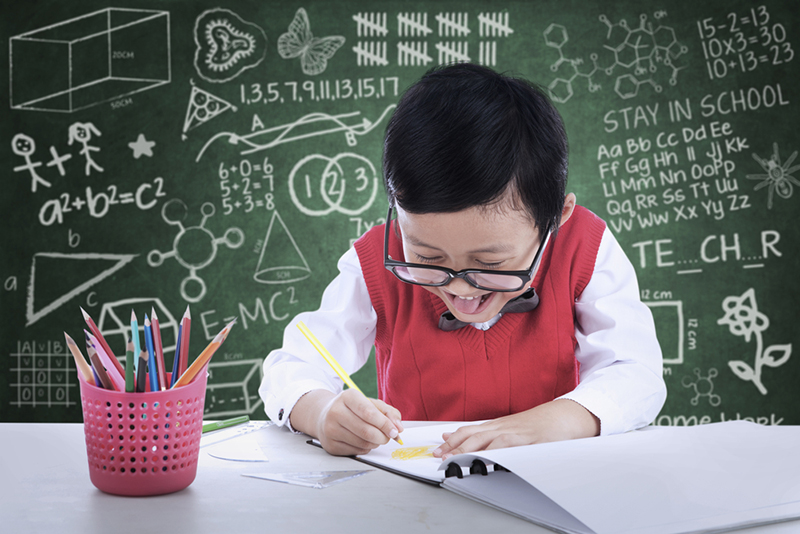
Because of its complex nature, math can seem intimidating to children if they don’t have the right tools and methods to guide them.
While every person is unique and will naturally have their own favorite subjects, the more children engage in math activities from a young age, the more confidence they will build around this subject and everything that comes with it.
By giving your child a strong foundation, you are setting them up for success for years to come!
3) Children Develop Essential Skills
As you will see below, there are a variety of math games that your child can play at home. Some involve multiple participants, while others can be solo-driven. There are also activities that involve creativity, problem-solving, self-regulation, and so much more.
All of these skills are essential for developing well-rounded children who are confident and capable of taking on different challenges.
4) Learning New Concepts Becomes Fun
Once your child has mastered a skill, it’s essential to challenge them so they will be engaged with their learning.
For example, if your child has already learned how to count by 1s, instead of reinforcing something you know they are already comfortable with, you can start helping them count by 2s, 5s, and 10s.
At first, your child might resist the idea of counting in a different way. But using fun activities can be very effective in introducing new concepts without making kids feel overwhelmed.
The above points are just a few reasons why math activities for preschoolers are important and should be encouraged at home.
Now, here’s a look at our preschool math games that can help your young learner understand mathematical concepts and build a lifelong love for this subject.
Games For Preschool Math Practice
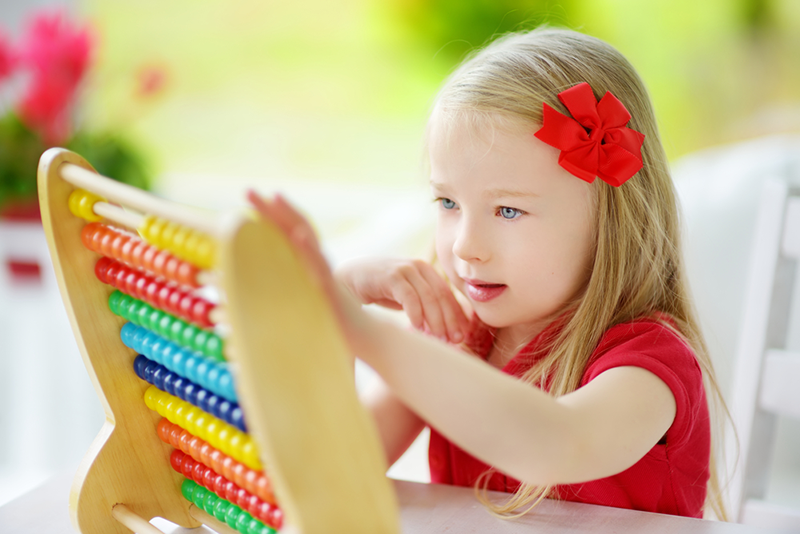
Numbers And Counting Activities
1) Counting The Rooms
This is an easy and fun activity to do in the comfort of your home! You and your child will walk around and investigate the quantities that make your house unique.
How many sinks do you have? How many couches are there? Do you have lots of posters and paintings all over the house? How many? What about the number of stuffed animals on your child’s bed?
The possibilities are endless!
As you do this, you can carry around a post-it note and marker. After correctly counting the number of a certain object, write down the number and item and stick it on the wall or a piece of paper. That way, in the end, you can compare how many numbers “live” in your home!
2) Exercise Counting
Want to break a little sweat or get some energy out? Why not turn math into your own personal jazzercise session!
For this activity, you don’t need anything except for some open space and maybe some music to get your child excited.
You and your child will take turns picking a “move.” For example, the move could be jumping jacks. You will shout out, “Two jumping jacks!” Then your child will perform the move and count out loud.
So many exercises can be done this way; don’t be afraid to get silly! You can pull on earlobes, wiggle your fingers, karate chop invisible foes — whatever gets your child giggling and excited about numbers!
3) How Many Dots Are In The Jar?
There are many games that use stick-on dots to help children learn math skills.
For this activity in particular, you will need a sheet of paper, glue, one die, a marker, and colorful stick-on dots that you can find from a stationery store. Start by drawing a large mason jar on a sheet of paper.
To play, simply roll the die, count the number it lands on, and put that number of dots “into” the jar. For example, if the die lands on three, your child will glue three dots to the jar.
When the die lands on smaller numbers (i.e., one, two, or three), they should find it relatively easy to count out the dots. But for larger numbers (four, five, and six), your child may need a little help. Continue rolling and filling the jar until there’s no space left.
This is a great activity to help your child practice their counting skills. And once they’re finished, they will have a colorful art piece made by them!
4) The Classic War Card Game
All you need is a regular deck of playing cards to play War. Remember to remove the picture cards (Jokers, Jacks, Queens, and Kings) and make it clear that the Aces represent the number one.
Start by equally dividing the cards between however many people are playing. Then, each player will have their cards in a pile, facing down. On the count of three, each player needs to flip one card over so that it’s visible to everyone.
The player with the highest number wins that turn and gets to take the flipped cards from the other players. The first to collect all the playing cards wins the game!
This is a great game to practice number recognition with your preschooler.
Addition And Subtraction Games
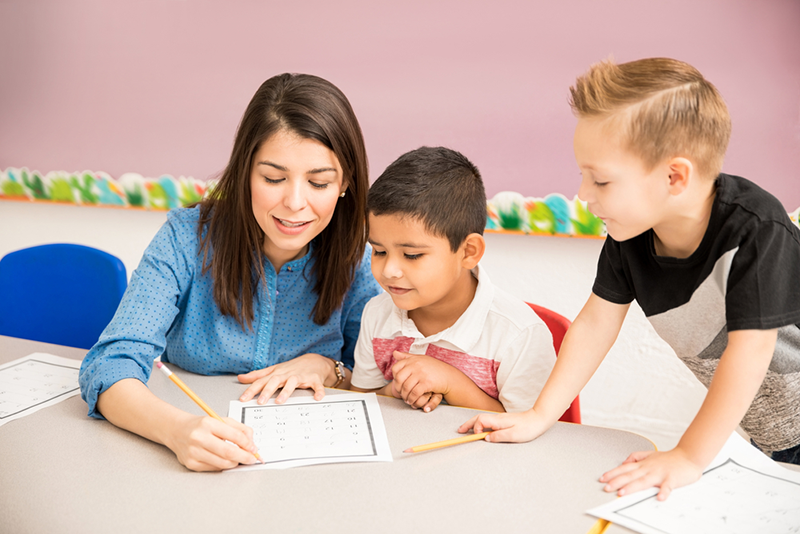
5) How Many Are Hiding?
For this game, you’ll need at least 5 (and up to 10) of the same small item. You could use Lego pieces, paper clips, dried kidney beans, and so on. The items should be small enough to easily hide under your palm or beneath a sheet of paper!
Start out by showing your child the total amount of items you’re playing with. In our example, we will play with 5 toy cars. Count out the total number of cars with your child.
Then, with their eyes closed, hide a portion of the cars under your hand or beneath the sheet of paper. Once they open their eyes, ask them, “How many cars are missing?”
They will count out how many cars are left. Then you can help them figure out how many cars are “missing” and needed to make the total number whole again.
You may need to help them out for the first couple of tries, but they will get the hang of it!
6) Subtraction Bowling
All you need to play Subtraction Bowling is 10 disposable cups, a ball, and a child who’s eager to show off their bowling skills!
Start by setting up 10 paper or plastic cups at the end of a room (bowling pin style). Then, together with your child, count how many cups there are.
To play, each player stands a few feet away and then rolls a small ball (e.g., tennis ball) down to knock the cups over. After each turn, count how many cups were knocked down and how many are still standing.
If you have multiple children, this is a great activity to play together. After everyone has had their turn, you can also add a competitive element by keeping track of who knocked down the most cups.
Sorting And Pattern Games
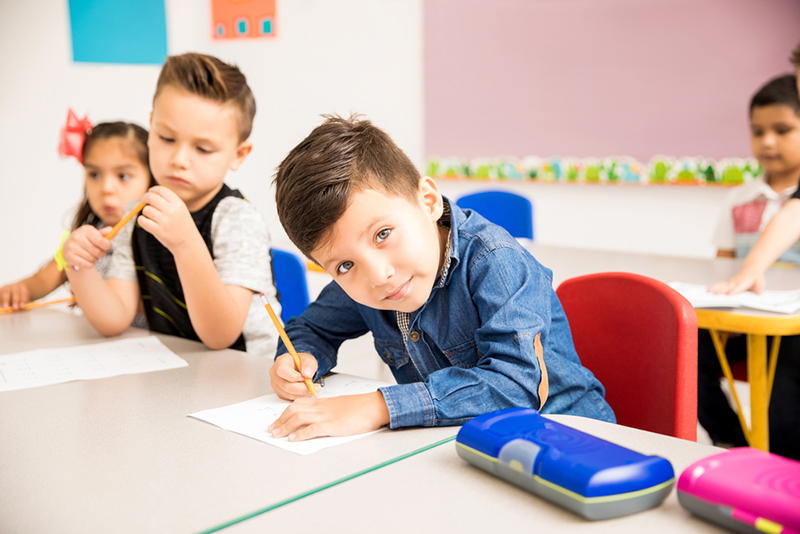
7) Making Patterned Bracelets
For this activity, you’ll need at least 10 colored beads of two different colors, some string, two markers (corresponding with your bead colors), and a pair of scissors. In our example, we will use the colors red and blue.
Draw out 10 even circles on a piece of paper. You and your child will use this to make a “pattern planner” for their beautiful bracelet!
Once they have colored in the circles and decided their pattern, they will have an idea of how to assemble their bracelet. They may have chosen a constant pattern, like alternating between red and blue, or a more challenging pattern, like having two blues followed by one red.
As long as they follow the pattern planner, they should get the idea!
8) Match The Pattern
For this activity, you can either draw a pattern on a piece of paper or get a bit more physical with it. Whichever you think sounds more fun for your child!
In our example, we will use clapping and jumping. Start by telling your child the pattern you created. For example, our pattern is clap, clap, jump!
Repeat the pattern with your child a couple of times. Then, once they have the hang of it, say, “Whoops! I forgot the pattern. I know it’s clap, clap, but what comes next?”
Your child will giggle and probably respond with something like, “Jump, silly!” Then you’ll jump together, completing the pattern.
This activity is great because your child will likely want to take a turn creating their own pattern for you two to follow. Allow their imagination to grow, as well as their pattern-making skills!
9) Rainbow Pattern
Like the previous activity, Rainbow Pattern encourages children to study a specific pattern and follow it. To play, you’ll need a packet of colorful popsicle sticks and a few sheets of paper.
Start by creating a simple pattern on one sheet by placing the popsicle sticks on the paper in a certain order (blue, red, blue, red, etc.). Then, encourage your child to recreate this pattern on their own sheet.
You can switch things up on a different sheet of paper by changing the pattern (e.g., two blue, two red, etc.). And as your child gets more confident, encourage them to create their own pattern!
Like the other activities on our list, this is a great game to help your child build focus and concentration. We also like this activity because it encourages hands-on learning.
Sometimes hands-on learning is called experiential learning or project-based learning. But all these names mean the same thing: learning through doing.
Experiential learning benefits children in many different ways. Some of the most notable benefits are:
- Children get to interact with the learning material and improve their skills
- Children get to strengthen their fine motor skills
- It helps children understand abstract concepts
- It encourages children to get creative
Geometry And Spatial Reasoning Activities
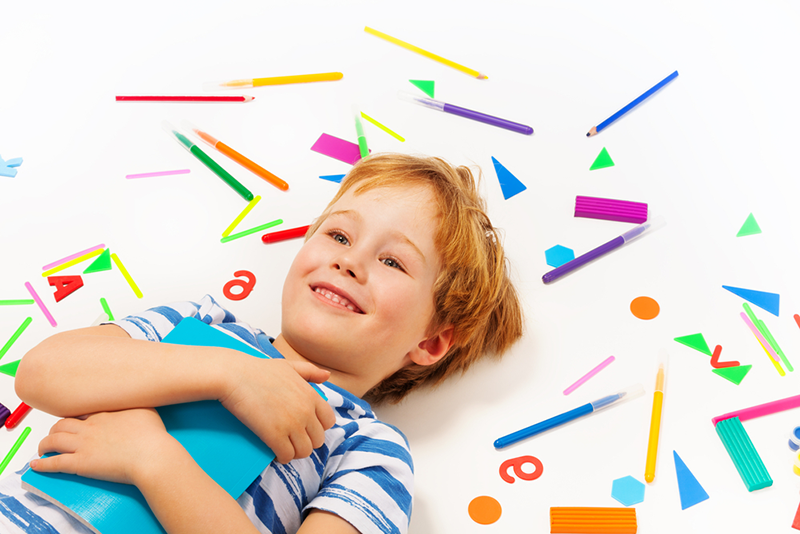
10) Shape Mobile
To get started with this activity, bend a wire hanger into a V shape. Then cut out circles, triangles, rectangles, ovals, and squares from colorful construction paper or let your child color the shapes on white paper.
Finally, punch a hole in each shape and use colorful ribbon to hang the shapes from the hanger. Now your child has a fun decorative piece to help them remember different shapes!
11) Shape Castles
For this activity, you’ll need to cut out a variety of shapes from different colored pieces of construction paper. Then, together, you will glue the shapes onto a blank sheet of paper to create a towering castle!
You can help your child out by providing reference pictures. Or, if you prefer a mess-free version, your child can try out the Castle Creator activity on our Learn & Grow App!
12) Playdough Geometry
There are lots of fun books that you can read to your child about triangles, squares, and circles. But a great way to help your young learner truly grasp the concept of shapes is by encouraging them to build them.
For this activity, all you need are laminated sheets of paper, a marker, and playdough.
Start by drawing different shapes on your laminated paper. Ideally, you’ll want to create one shape per sheet of paper. Then, encourage your child to fill the shapes in with their playdough.
Note: You can help your child create their own personal shape blocks from this activity. All your child needs to do is coat the playdough shapes with layers of white glue and then let them dry.
While it may sound simple, this is a great, beginner-friendly activity. Your child will get the opportunity to feel, mold, squish, and manipulate the playdough as they please. It’s an excellent way for them to learn shapes and work on their fine motor skills as well!
Math Language Activities
As we mentioned earlier, we believe the best way to help your child learn the language of math is by using it in your everyday life. But throwing in a fun game every once in a while couldn’t hurt!
Here’s an easy one you can try.
13) Ball Bounce
All you will need is a bouncy ball for this game. In terms of size, avoid balls that are too small. Instead, aim for medium-sized balls because they are much easier to catch.
To start playing, simply call out a number, and your child will need to bounce and catch the ball that many times. For example, if you say the number “5,” your child will need to bounce and catch the ball five times.
For the next round, tell your child to bounce one more time, one less time, an equal amount of times, or any number of times greater or smaller than the number five.
Once they’ve had their turn, your child can hand the ball over to you and instruct you on how many times to bounce the ball.
This activity doesn’t just test your child’s bouncing and catching abilities. It’s also a great way to familiarize them with match language (i.e., greater than, smaller than, equal to, etc.) in a fun and engaging way.
Preschool Math Activities Can Be Fun And Effective
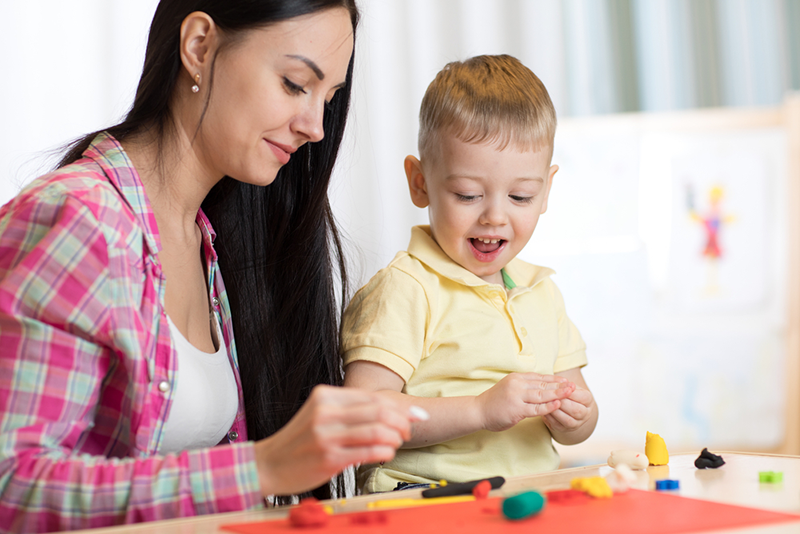
We hope these activities help you and your child in their journey to learn about numbers and counting, adding and subtracting, shapes, patterns, and speaking like a little mathematician!
All of these skills take time and practice to develop. We know by trying out a couple of these activities during the week, your child will develop a love of and confidence in math on their learning journey!
And don’t forget, for those afternoons when you want to change up your routine or let your child play independently, our Learn & Grow app is always available to support your child’s learning with personalized preschool math games (and more!).


